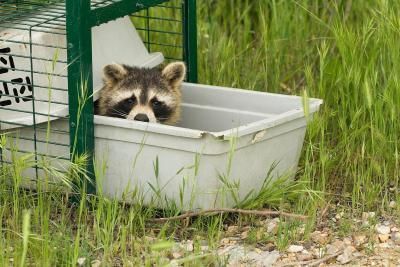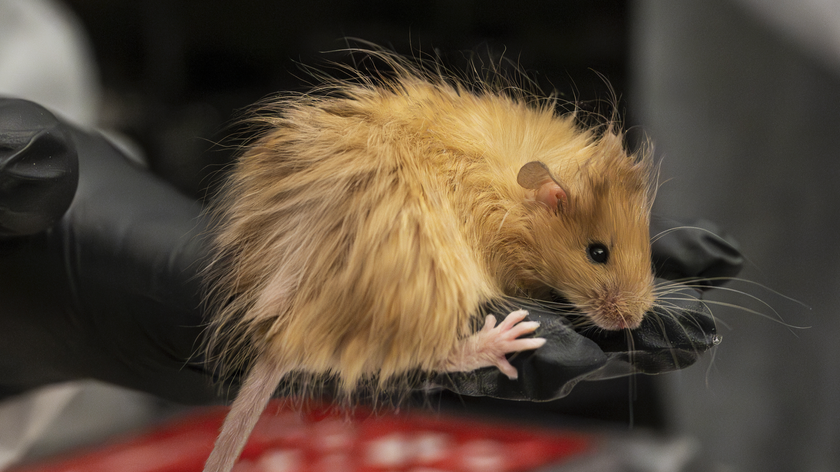Invasive Raccoons Threaten Europe

Raccoons, the scourge of suburbs across North America, are now wreaking havoc overseas.
The furry creatures were introduced to Europe as exotic pets and have exploded in population since the 1970s. Now considered an invasive species, the raccoon threatens to sweep the continent with infectious and parasitic diseases like rabies, researchers warn.
"Due to its rapid expansion and the long list of illnesses that it may carry, it poses a health risk that we must bear in mind," researcher Beatriz Beltrán-Beck, said in a statement from the Spanish Foundation for Science and Technology (FECYT). Beltrán-Beck led a study on the raccoon invasion, which was published in the European Journal of Wildlife Research.
Rabies has been eliminated in most of Western Europe but researchers like Beltrán-Beck warn that raccoons could spread the deadly disease in eastern parts of the continent. Over the last several years, 142 cases of rabies in raccoons have been reported in Europe, mostly in Ukraine, Estonia, Germany and Lithuania, according to FECYT.
Raccoons sometimes host the nematode Baylisascaris procyonis, which, in humans, can cause an infection that doesn't become apparent until the worm's larvae move into a victim's eyes or central nervous system, causing blindness, neurological damage or death. There have been few cases of the illness reported in humans, but researchers with FECYT said it is emerging and on the rise in Europe.
Part of the problem might be that European countries, like Spain, do not control the trade of raccoons, which are often bought as pets and then released into the wild when they reach adulthood and become aggressive, Beltrán-Beck said. There also is a lack of knowledge about the distribution and population density of the raccoon in Europe, she added in the statement.
Follow LiveScience on Twitter @livescience. We're also on Facebook & Google+.
Sign up for the Live Science daily newsletter now
Get the world’s most fascinating discoveries delivered straight to your inbox.












